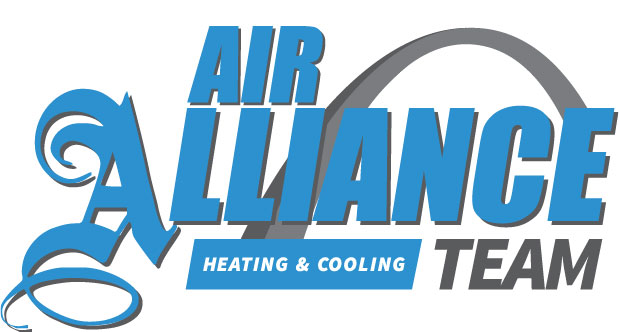It’s always nice when we manage to save money on our utility bills, but it just so happens there’s a way to lower energy use, even when you’re not even home.
The secret is your thermostat. By learning more about its special features and settings, you can help the thermostat plan for your preferred temperatures. That means you can have different temperature settings for when you’re home, away or even when you’re asleep.
With a few simple adjustments, you have more time to enjoy pleasant temperatures while also keeping more of your money. Here are some ways your thermostat doesn’t have to use up all your summer spending money:
While at Home
When you’re home, you want a nice range of pleasant temperatures. That’s why it’s best to set your thermostat lower in the summer while inside to make the most of the cool air.
But the most energy-efficient temperatures for the summer is actually around 78 and 80 degrees Fahrenheit. By adjusting things a few degrees, you can stay cool while still lowering your monthly energy bill.
While Gone
When setting the temperature for whenever you’re gone, the majority of homeowners will set the thermostat higher than normal.
For some homes, you can set the temperature as high as 88 degrees while no one is home and then lower it back to the sweet spot of 78-80 degrees when you or a family member return. This way, your air conditioning unit won’t be working overtime to keep an empty house cool.
While Sleeping
For a full night’s rest during summer weather, you want a nice cool temperature. A good rule of thumb is between 68-72 degrees Fahrenheit. There’s less risk of getting too hot or too cold when you are trying to get some rest.
Other Ways to Use Less Energy:
- Smart thermostat installation: Switching to a smart thermostat in the summer helps save money on energy costs since it can plan your temperature adjustments according to your lifestyle and personal preferences. A smart thermostat manages the temperature if you are home or sleeping, while allowing it to get a little warmer when the house is empty. Using reputed brands and models such as the Lennox iComfort, you have the ability to remotely access and change the temperature through your smartphone, tablet or laptop. Requesting smart thermostat installation in your Ballwin and St. Charles home can be the simplest strategy for maintaining comfortable, yet energy-efficient temperatures even when you aren’t home.
- Update your existing HVAC system: A high-efficiency HVAC system can save money in the long run. If a system boasts high energy efficiency, your utility bills will be lower because it requires less energy to heat and cool your home. Air conditioning installation in Ballwin and St. Charles is only a phone call away, so don’t hesitate to reach out to local pros like Air Alliance Team who can set you up for success.
- Schedule annual AC maintenance: Whether or not you keep up with regular air conditioning maintenance in Ballwin and St. Charles can have a serious effect on your total monthly energy use. With regular cleaning of the coils, checking for damage and clearing air vents of dust and debris, this can help your HVAC system perform better during day-to-day use.. Increasing efficiency also limits strain on important or delicate components and lowers operational costs, resulting in lower energy usage and subsequently, smaller bills.
- Replace your air filter regularly: Regularly changing the air filters in your HVAC system saves money by keeping airflow as smooth and consistent as possible. When filters are clogged with dirt and debris, an AC unit has to work harder, and the strain can reduce the system’s life span and result in breakdowns.
- Check your attic insulation: Insulation is a vital part of maintaining an energy-efficient home, securing the hot air outside and the cool air inside during the summer. The North American Insulation Manufacturers Association (NAIMA) offers an official recommendation stating homeowners in souther states should have at least 13-14 inches of insulation, while colder climates do better with 16-18 inches.
- Review your ventilation: A leak in the air ducts could increase your energy bills much more than 20 percent, plus it can affect equipment such as your water heater, clothes dryer and other appliances throughout your home. Checking your ductwork for leaks and sealing them can help with both these issues.
- Seal all other leaky spots in your home: Sealing leaky spots in your home with caulk, foam sealant or weather-stripping helps keep things cooler during those hot summer days. Don’t forget to check for any gaps around windows, doors and even outdoor fixtures. Taking the time to seal up any leaks now can help you save a lot in the long term.
